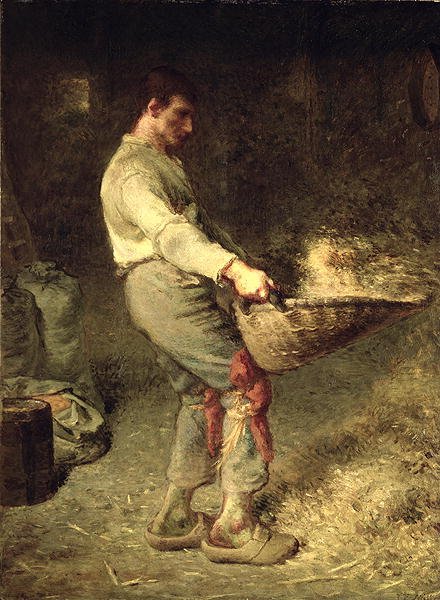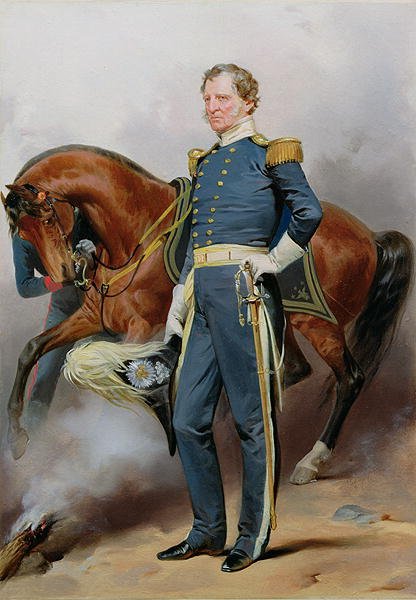History

Realism in the illusionistic sense appears in art as early as 2400 BC in the city of Lothal in what is now India, and examples can be found throughout the history of art - Ancient Egyptian art had rigid and artificial conventions for the depiction of the human figure, but minor figures and animals are often very well-observed, and lifelike. In the broadest sense, realism in a work of art exists wherever something has been well observed and accurately depicted, even if the work as a whole does not strictly conform to the conditions of realism.
The art of ancient Greece made particular progress in developing realistic depictions of both the human figure and its surroundings, in sculpture and painting. In the Late Antique period realism largely ceased to be a priority for artists, and the recovery of the realist tradition is a constant strand in the history of Western medieval art.
Giotto di Bondone

For example, the proto-Renaissance painter Giotto di Bondone brought a new realism to the art of painting by rendering physical space and volume far more convincingly than his Gothic predecessors. His paintings, like theirs, represented biblical scenes and the lives of the saints. In the Early Renaissance, the development of a system of linear perspective in Italy, and the inclusion of naturalistic detail in Early Netherlandish painting both contributed to the advance of realism in Western painting in different ways.
In the late 16th century, the prevailing mode in European art was Mannerism, an artificial art of elongated figures in graceful but unlikely poses. Caravaggio emerged to change the direction of art by depicting religious figures as the Italian poor in their natural surroundings, though composed with Baroque energy.
A fondness for humble subjects and homely details characterizes much of Dutch art, and Rembrandt is an outstanding realist in the naturalist sense with his renunciation of the ideal and his embrace of the life around him. In the 19th century a group of French landscape artists known as the Barbizon School emphasized close observation of nature, paving the way for the Impressionists.
Impressionism and Post-Impressionism

In England the Pre-Raphaelite Brotherhood rejected what they saw as the formulaic idealism of the followers of Raphael, which led some of them to an art of intense illusionistic, and sometimes naturalistic, realism. The final years and aftermath of the First World War saw a return of realism and of styles dating back to before Post-Impressionism, in the so-called "Return to Order" - this became known as "Neo-Realism" or "Modern Realism" in England (led by Meredith Frampton, Charles Ginner, Harold Gilman and the Euston Road School), traditionisme in France (led by Andre Derain) and "Neue Sachlichkeit" (led by Otto Dix and Christian Schad) and "Magic Realism" in Germany.
Trompe l'oeil (literally, "fool the eye"), a technique which creates the illusion that the objects depicted actually exist, is an extreme example of artistic realism. Examples of this tendency can be found in art from antiquity to the present day. (From wikipedia)




